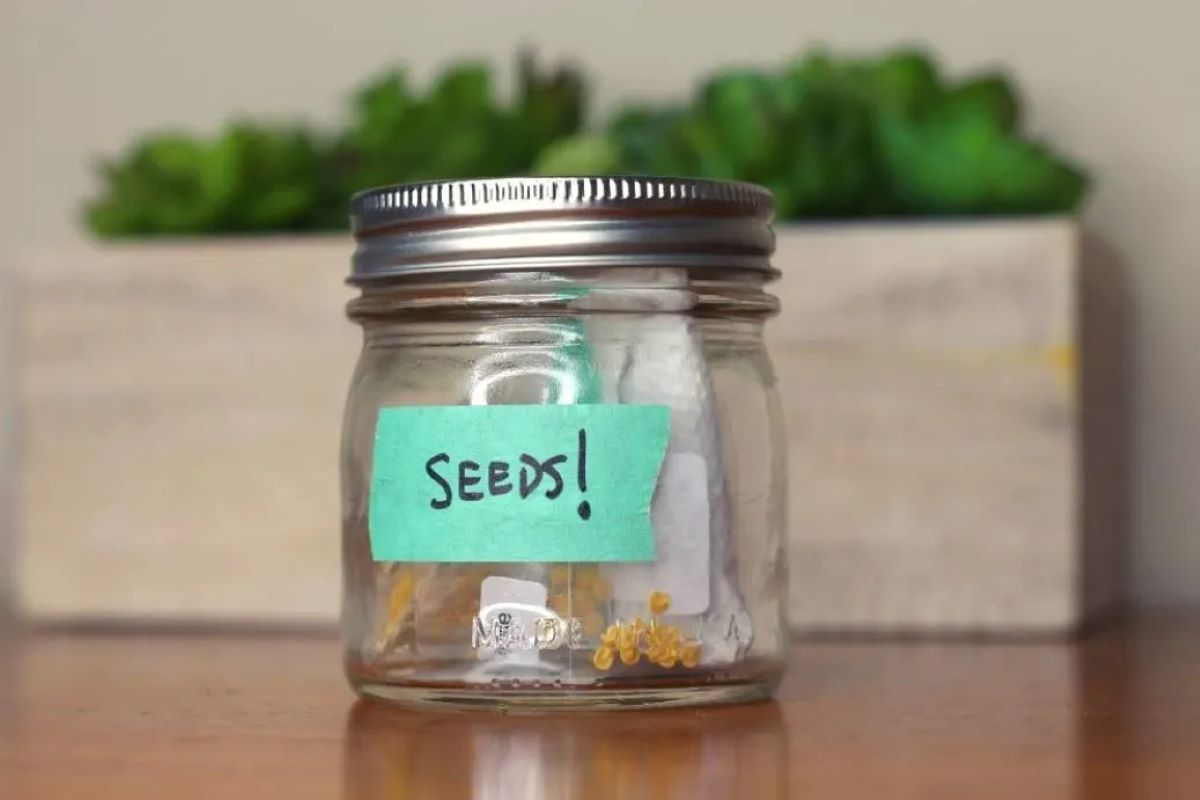

Articles
How To Store Pepper Seeds
Modified: February 25, 2024
Learn the best methods for storing pepper seeds in this informative article. Discover how to ensure the viability and longevity of your pepper seeds for future planting.
(Many of the links in this article redirect to a specific reviewed product. Your purchase of these products through affiliate links helps to generate commission for Storables.com, at no extra cost. Learn more)
Introduction
Welcome to the world of gardening and seed saving! If you’ve grown peppers in your garden or purchased them from a local market, you may have considered saving some of the seeds for future use. Saving and storing pepper seeds is not only a great way to grow your favorite varieties year after year, but it can also be a cost-effective and sustainable practice.
In this article, we will guide you through the process of storing pepper seeds to ensure their longevity and viability. From harvesting the seeds to preparing them for storage and creating the optimal environment, we’ll cover all the necessary steps to keep your pepper seeds in top condition.
Remember, pepper seeds are living organisms that require proper care and preservation to maintain their ability to germinate. By following these guidelines, you’ll be able to save pepper seeds successfully and enjoy a bountiful harvest for years to come.
So let’s dive in and learn how to store pepper seeds effectively!
Key Takeaways:
- Preserve the Viability: Harvest, clean, dry, and store pepper seeds with care to maintain their viability and ensure successful germination for bountiful harvests year after year.
- Organized and Accessible: Label, organize, and test the viability of stored pepper seeds to create a well-structured seed storage setup for easy retrieval and thriving pepper gardens.
Read more: How To Germinate Tiburon Peppers
Step 1: Harvesting Pepper Seeds
When it comes to harvesting pepper seeds, timing is crucial. You want to collect the seeds from mature, fully ripe peppers to ensure the best chances of successful germination. Here’s how to do it:
Collecting ripe peppers: Start by selecting healthy, fully ripened peppers from your garden or purchase them from a local market. Look for peppers that have reached their full color and have slightly wrinkled skin. These are indications that the peppers are mature and ready for seed extraction.
Properly handling ripe peppers to prevent accidental germination: While harvesting the peppers for their seeds, it’s important to handle them with care to prevent unintentional germination. Pepper seeds can start germinating even while still inside the pepper if they come into contact with moisture.
To avoid accidental germination, follow these steps:
- Use gloves to protect your hands from coming into direct contact with the seeds.
- Cut open the peppers carefully, ensuring that the seeds remain undamaged and intact.
- Remove the seeds from the pepper and place them on a clean, dry surface.
- Discard any damaged or discolored seeds, as they are less likely to germinate successfully.
By following these precautions, you can preserve the quality and viability of your pepper seeds, ensuring a successful germination process when you’re ready to plant them.
Step 2: Preparing Pepper Seeds for Storage
Before you can store pepper seeds, it’s important to properly clean and dry them. This process helps remove any debris or residue from the seeds, ensuring their longevity and preventing the growth of mold or disease. Here are the steps to prepare your pepper seeds for storage:
Cleaning and washing the seeds: Begin by transferring the harvested seeds into a clean container. Fill the container with water and gently agitate the seeds to remove any pulp or remaining flesh. Pour off the water along with any floating seeds or debris that may be present. Repeat this process until the water runs clear and the seeds are free of any residue.
Drying the seeds for long-term storage: After cleaning, spread the seeds out on a clean paper towel or a screen in a single layer. Make sure to separate the seeds to ensure proper air circulation, which will aid in the drying process. Place the seeds in a well-ventilated area away from direct sunlight. Allow the seeds to air dry for about 2-3 weeks, or until they are thoroughly dry and brittle.
It’s important to note that drying time may vary depending on the humidity levels in your location. If you live in a particularly humid area, you may need to employ additional measures to speed up the drying process, such as using a fan or a dehumidifier.
During the drying period, periodically check the seeds for any signs of moisture or mold. Discard any seeds that show signs of damage or contamination, as they may affect the overall quality of your stored seeds.
Once the seeds are completely dry, they are ready for long-term storage. Ensure that they are stored in airtight containers to protect them from moisture and humidity, which can negatively impact their viability.
Now that your pepper seeds have been cleaned and dried, it’s time to move on to the next step: choosing the right storage container!
Step 3: Choosing the Right Storage Container
When it comes to storing pepper seeds, selecting the right container is essential. Your chosen container should provide a moisture-proof and airtight environment, which will help maintain the seeds’ viability over an extended period. Here’s how to choose the right storage container for your pepper seeds:
Selecting a moisture-proof and airtight container: Look for a container that can effectively seal out moisture and air. This is crucial as exposure to moisture can cause the seeds to degrade or develop mold, while exposure to air can lead to seed drying and loss of viability. Avoid using plastic bags or containers that aren’t airtight, as they may not provide adequate protection for long-term seed storage.
Using ziplock bags or glass jars for seed storage: Two popular options for storing pepper seeds are ziplock bags and glass jars. Ziplock bags are convenient and readily available. Make sure to choose high-quality, heavy-duty bags to ensure they are durable and have a tight zip seal. Before sealing the bag, squeeze out any excess air from the bag to create a vacuum-like seal. Alternatively, glass jars with an airtight lid provide excellent protection against moisture and air. Ensure that the jars are clean and completely dry before transferring the seeds to them.
No matter which container option you choose, it’s important to label it with the variety and date of the seeds. This will help you keep track of the seeds and their viability over time. Consider using waterproof labels or a permanent marker to ensure the information remains visible, even if the container gets wet.
Additionally, if you have a large number of different pepper varieties, it’s helpful to store each variety in a separate container. This will make it easier to locate and access specific seeds when it’s time to plant.
Now that you have chosen the perfect container, let’s move on to the next step: creating the proper storage environment for your pepper seeds!
Store pepper seeds in a cool, dry place, such as a sealed container in the refrigerator. Make sure the seeds are completely dry before storing to prevent mold.
Step 4: Storing Pepper Seeds in the Right Environment
Storing your pepper seeds in the proper environment is essential for their long-term viability. Temperature and humidity levels play a crucial role in maintaining the quality of your stored seeds. In addition, avoiding exposure to light and fluctuations in temperature is equally important. Here’s what you need to know:
Optimal temperature and humidity conditions for seed storage: Pepper seeds are best stored in a cool and dry environment. Aim for a temperature range of 40-50°F (4-10°C) and a humidity level below 50%. High temperatures and humidity can reduce the seeds’ viability and increase the chances of mold or fungal growth. Avoid storing the seeds in areas prone to temperature fluctuations, such as near windows, heaters, or appliances that generate heat.
Avoiding exposure to light and fluctuations in temperature: Light can negatively affect the germination process and reduce seed viability. Therefore, it’s essential to keep your stored pepper seeds in a dark environment. Store them in a closet, pantry, or any other place that is shielded from light. Also, remember to avoid drastic temperature fluctuations, as they can affect the seeds’ moisture content and reduce their viability. A stable and consistent temperature is key to preserving the seeds for future use.
If you live in an area with high humidity levels, you may consider using desiccant packets or moisture-absorbing materials, such as silica gel, in the storage containers to help absorb any excess moisture. This can help maintain the ideal moisture levels and protect the seeds from mold or deterioration.
By ensuring the right storage environment, you maximize the chances of your pepper seeds remaining viable for an extended period. Now that your seeds are properly stored, it’s time to focus on organizing and labeling them for easy retrieval.
Read more: How To Plant A Pepper Seed
Step 5: Labeling and Organizing Stored Pepper Seeds
Properly labeling and organizing your stored pepper seeds is crucial for easy identification and retrieval when you need them. Creating a labeling system and organizing the seeds based on variety or planting season can save you time and effort in the long run. Here’s what you need to do:
Creating a labeling system for easy identification: Start by labeling each storage container with the variety of pepper seeds it contains. You can use small adhesive labels or waterproof markers to write the names or codes of the pepper varieties directly on the containers. Include additional information such as the date when the seeds were harvested or acquired. This will help you keep track of the seeds’ freshness and viability over time.
Organizing seeds based on variety or planting season: To further streamline the organization, consider storing pepper seeds of the same variety together. This way, when you need specific seeds, you can easily locate them without rummaging through multiple containers. Alternatively, you can organize the seeds based on the planting season, separating them into cool-season and warm-season varieties. This will help you identify the appropriate time to plant each variety and ensure successful growth.
For added convenience, you can also keep a separate record or seed inventory log, either on paper or digitally, where you note down the variety, quantity, and storage location of each batch of seeds. This will serve as a quick reference guide whenever you need to access your pepper seeds.
Remember to keep your stored pepper seeds in a safe and secure location, away from pets, pests, and excessive moisture. Regularly check on the storage containers to ensure there are no signs of mold, insect infestation, or damage.
By implementing a labeling and organizing system, you’ll have a well-structured seed storage setup that allows for easy seed selection and ensures the longevity of your pepper seeds. Now, let’s move on to the final step: checking the seed viability and germination rates.
Step 6: Checking Seed Viability and Germination Rates
Before you plant your stored pepper seeds, it’s important to check their viability and germination rates. This will help you determine which seeds are still viable and ensure successful germination for future use. Here’s what you need to do:
Performing a simple seed viability test: To assess the viability of your pepper seeds, you can conduct a simple germination test. Take a few seeds from each variety or batch you have stored and place them on a damp paper towel or in a small container filled with moist soil. Keep the seeds in a warm area with consistent temperatures, around 70-80°F (21-27°C). After a week or so, check the seeds for signs of sprouting. If a majority of the seeds have germinated, it indicates that the seeds are still viable and suitable for planting. However, if only a few seeds have germinated or none at all, it may be time to consider replacing those seeds with fresh ones.
Ensuring successful germination for future use: To increase the chances of successful germination, you can also use seed treatment methods such as soaking the seeds in water for a few hours or scarifying the seed coat to enhance water absorption. These techniques can help improve germination rates, especially for older or less viable seeds. It’s important to follow specific instructions for each pepper variety, as some may have unique requirements in terms of pre-germination treatments.
Additionally, proper storage conditions play a significant role in maintaining seed viability. Regularly monitor the storage containers, ensuring they remain dry and free from mold or pests. If you notice any signs of deterioration, remove the affected seeds to prevent contamination of the remaining seeds.
Remember, seed viability can decrease over time, so it’s a good idea to periodically test the viability of your stored pepper seeds, especially if they have been stored for several years. By conducting these tests and replacing non-viable seeds, you can ensure a high success rate in germination and maximize your chances of a successful pepper harvest.
With these simple steps, you’ve learned how to store and maintain the quality of your pepper seeds for future planting. By following these guidelines, you’ll be well-equipped to enjoy a thriving pepper garden year after year!
Now, go ahead and put your newfound knowledge into practice, and happy gardening!
Conclusion
Congratulations! You have learned how to store pepper seeds effectively, ensuring their longevity and viability for future plantings. By following the steps outlined in this guide, you can preserve the quality of your harvested pepper seeds and enjoy a continuous supply of your favorite pepper varieties. Here’s a summary of what you’ve learned:
First, you learned the importance of harvesting ripe peppers and handling them carefully to prevent accidental germination. By selecting mature peppers and properly extracting the seeds, you set the foundation for successful seed storage.
Next, you discovered how to clean and dry the seeds, removing any debris and moisture that could affect their viability. Properly dried seeds are crucial for long-term storage.
Choosing the right storage container was the next step. You learned about the importance of selecting moisture-proof and airtight containers such as ziplock bags or glass jars to protect the seeds from environmental factors that could degrade their quality.
Creating the optimal storage environment was another key element. You learned about the importance of maintaining cool temperatures and low humidity levels to preserve the seeds’ viability. Avoiding exposure to light and temperature fluctuations was emphasized to ensure optimal seed conditions.
In addition, you discovered the significance of labeling and organizing your stored pepper seeds. By creating a labeling system and organizing the seeds based on variety or planting season, you can easily identify and retrieve specific seeds when needed.
To ensure the quality of the stored seeds, you learned how to perform a simple seed viability test and check the germination rates. This step allows you to determine which seeds are still viable and take appropriate actions for successful germination.
Now, with your knowledge of proper pepper seed storage, you can confidently store your seeds, knowing that they will be in excellent condition for future plantings. By periodically checking seed viability and maintaining the proper storage conditions, you can enjoy a consistent and abundant pepper harvest year after year.
So, go ahead and put these techniques into practice. Start saving and storing your pepper seeds, and watch your garden thrive with flavorful peppers for seasons to come!
Frequently Asked Questions about How To Store Pepper Seeds
Was this page helpful?
At Storables.com, we guarantee accurate and reliable information. Our content, validated by Expert Board Contributors, is crafted following stringent Editorial Policies. We're committed to providing you with well-researched, expert-backed insights for all your informational needs.
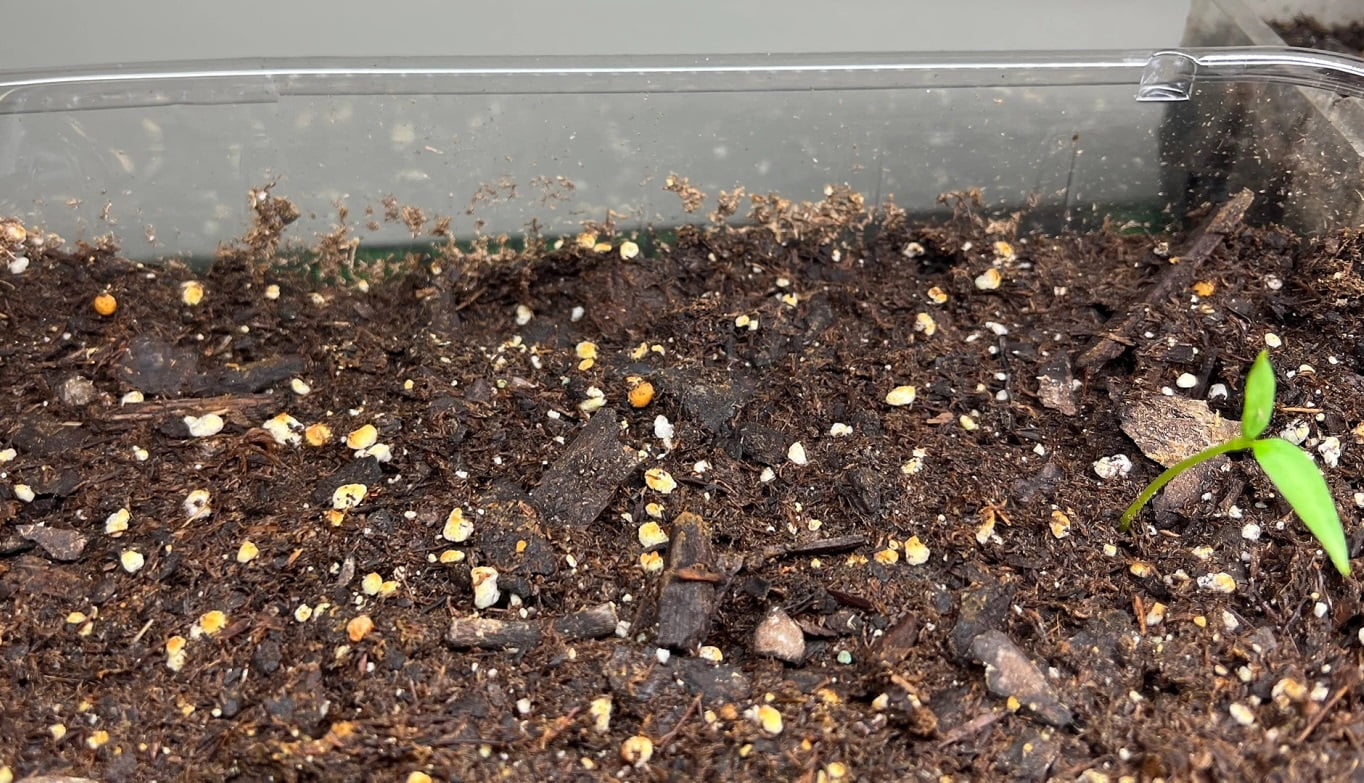
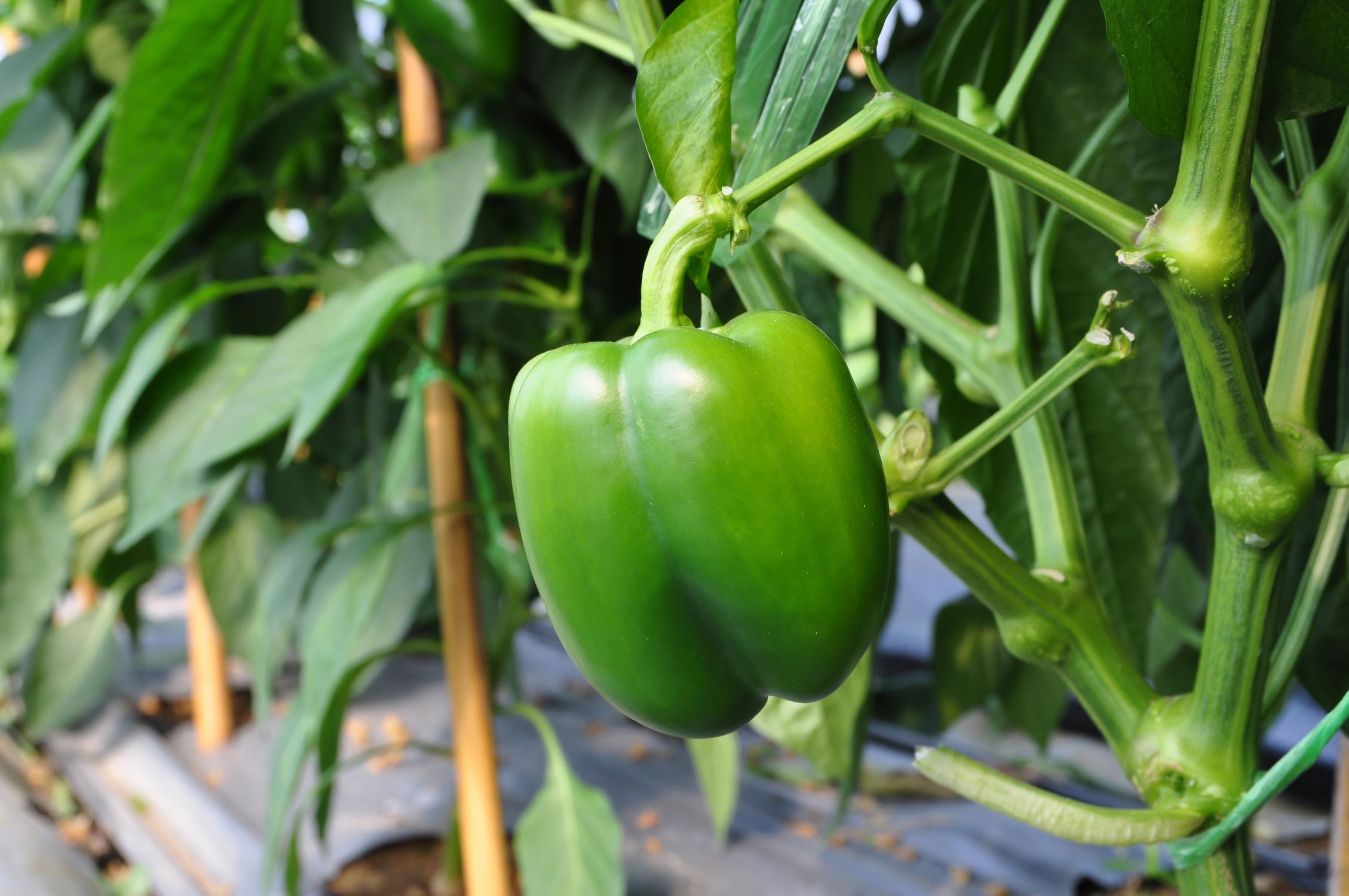
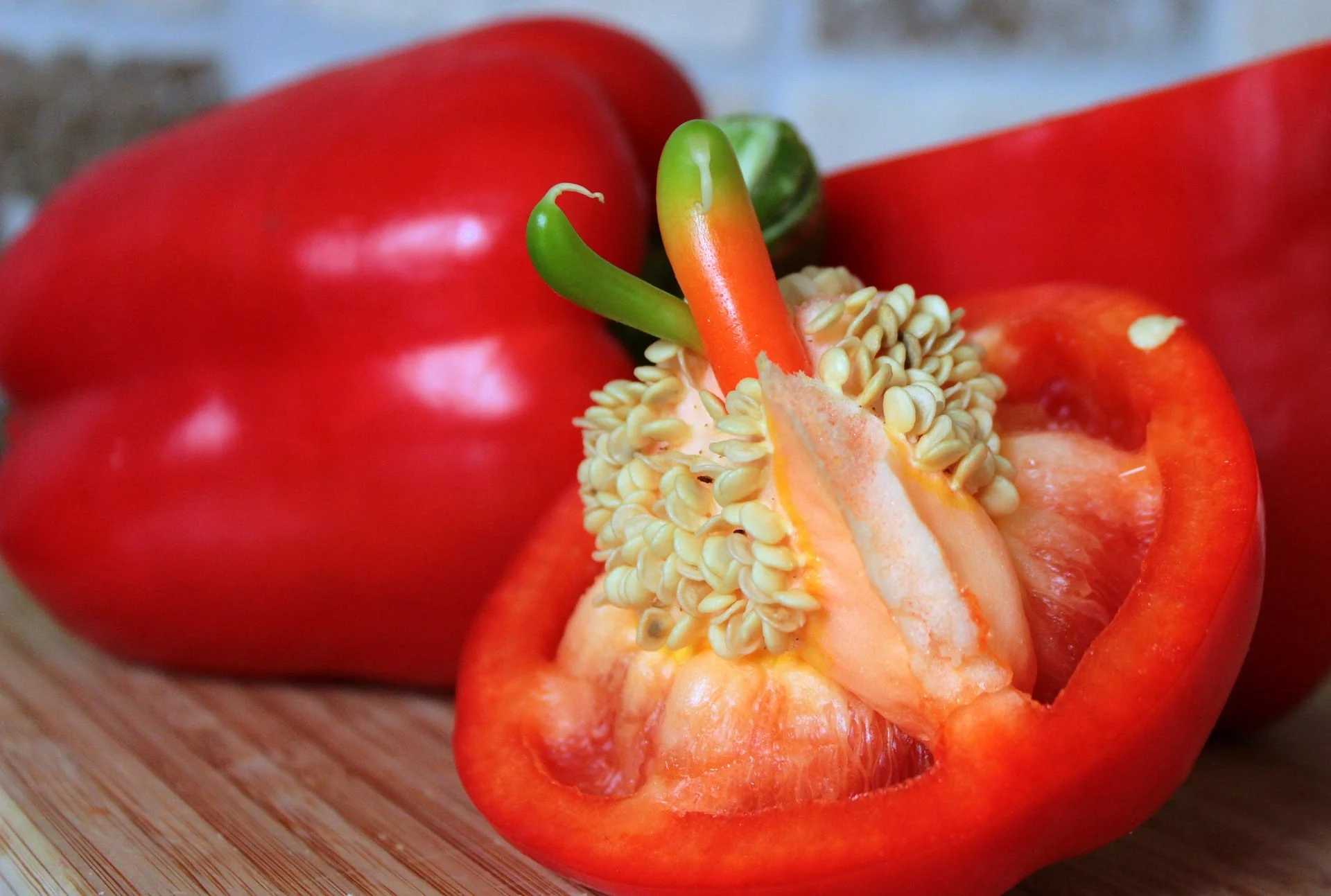
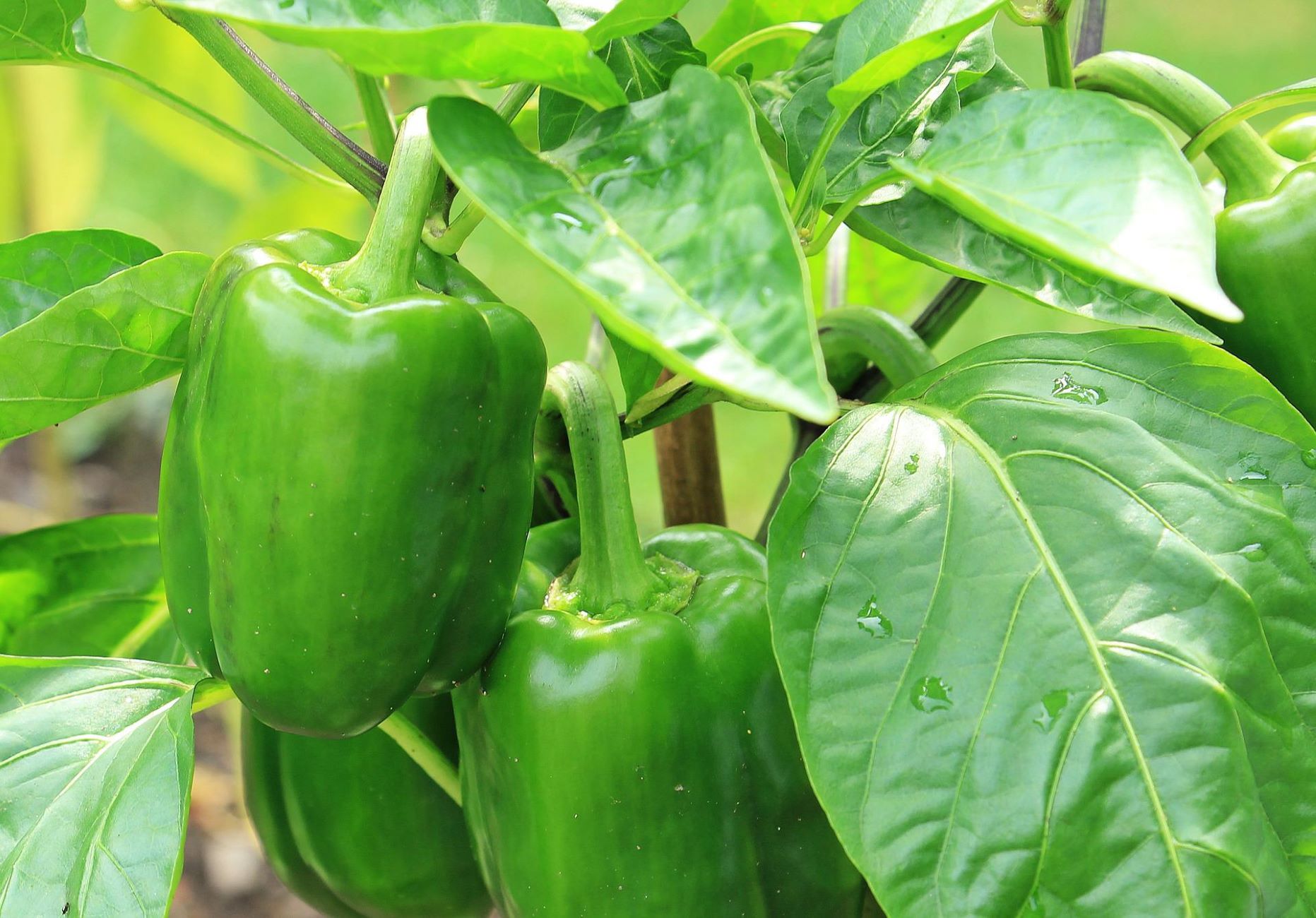
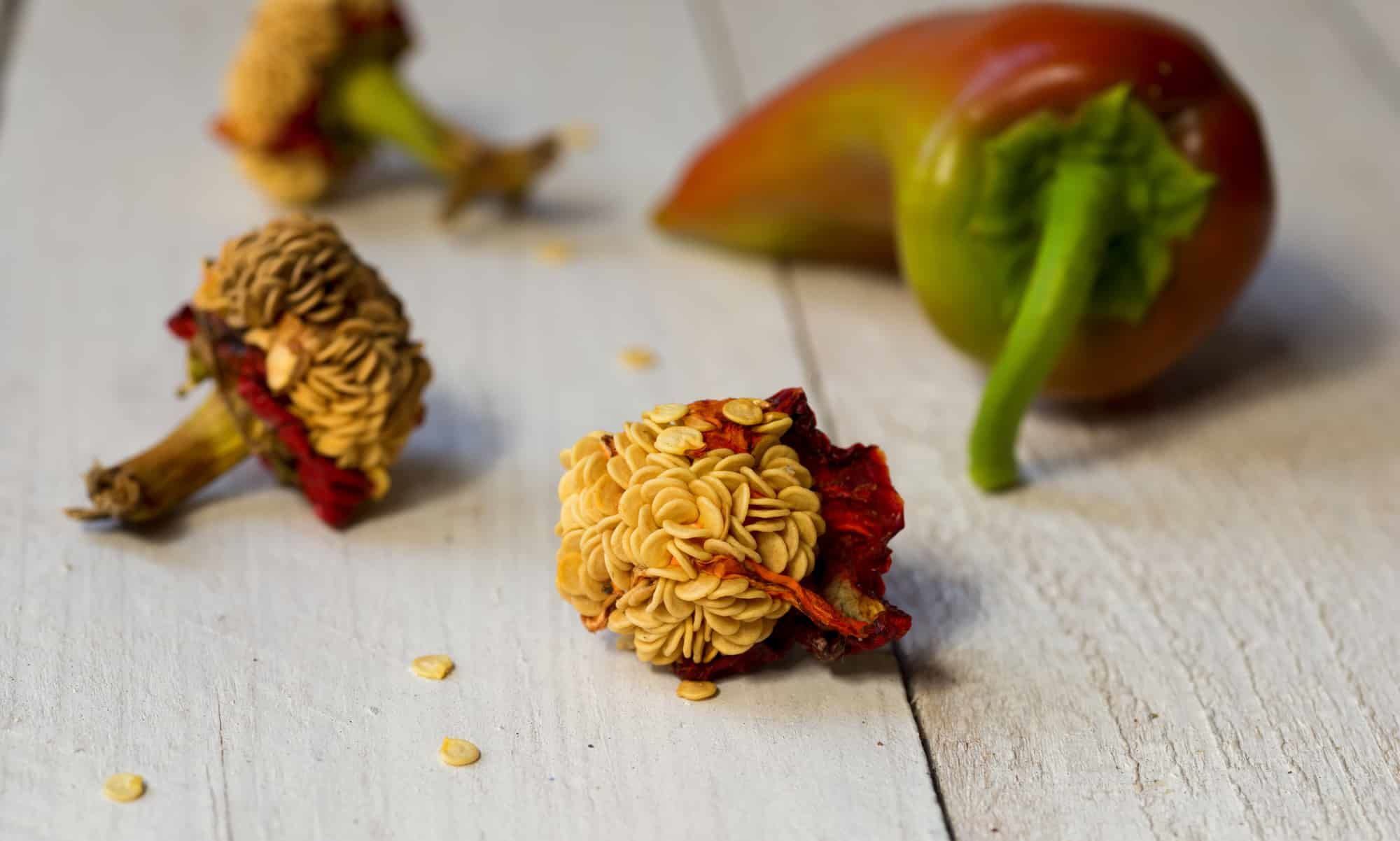
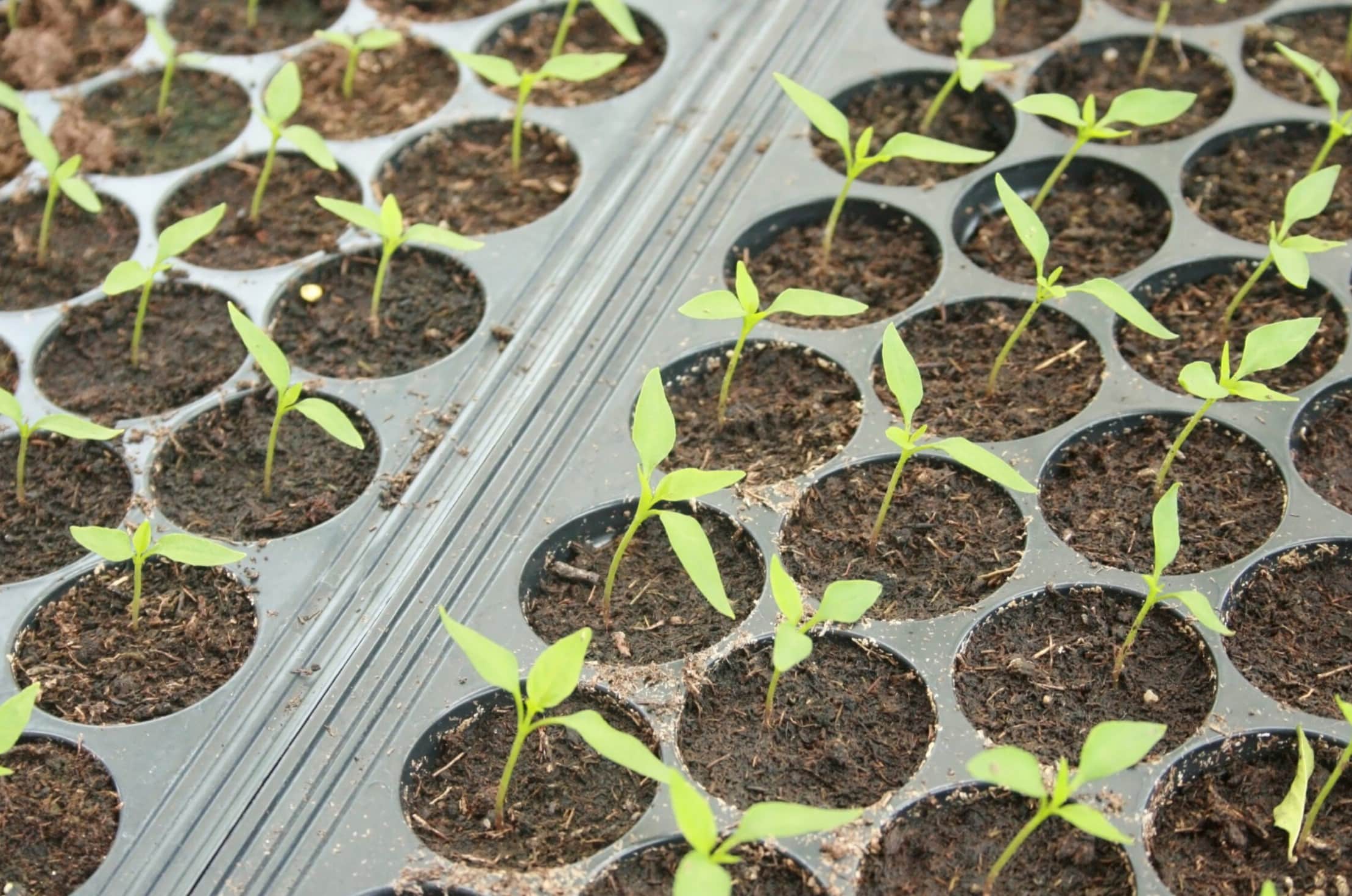
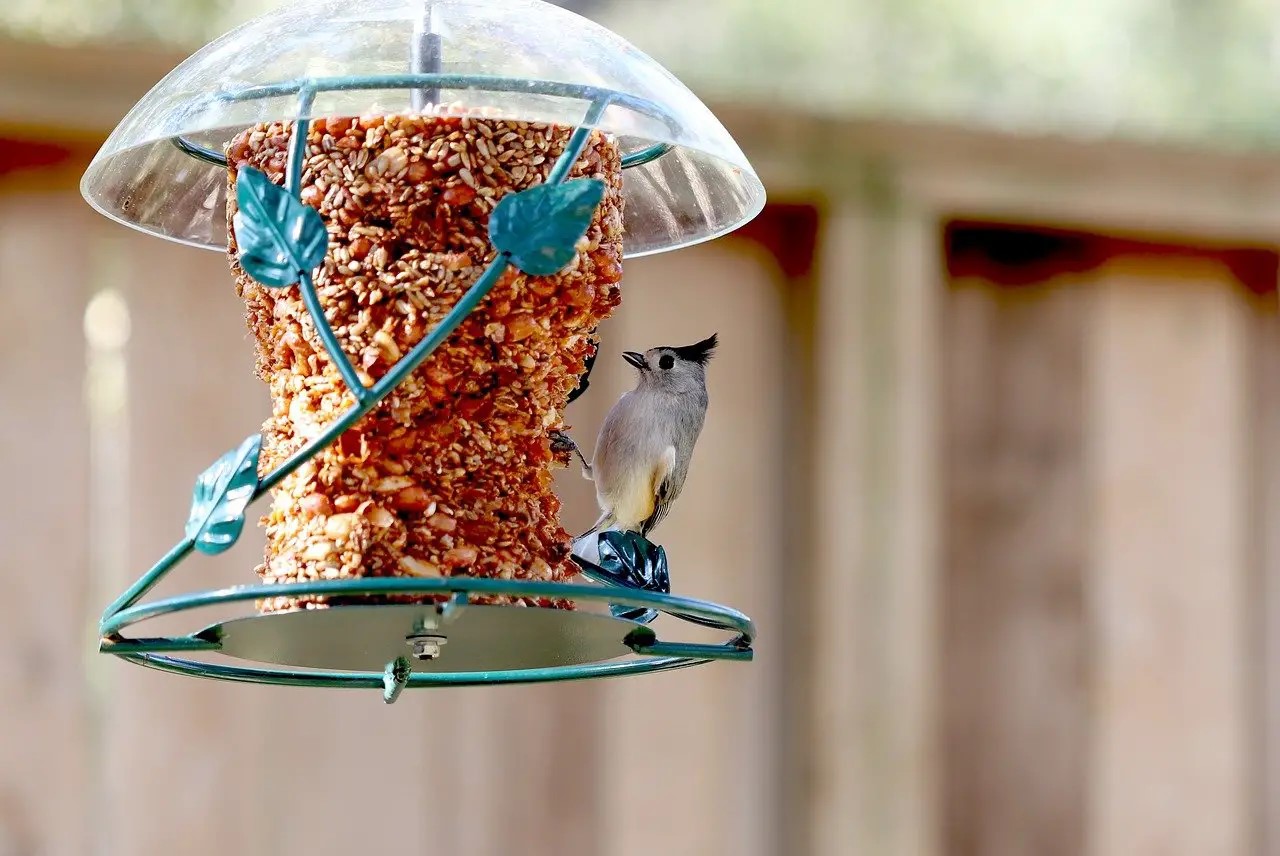
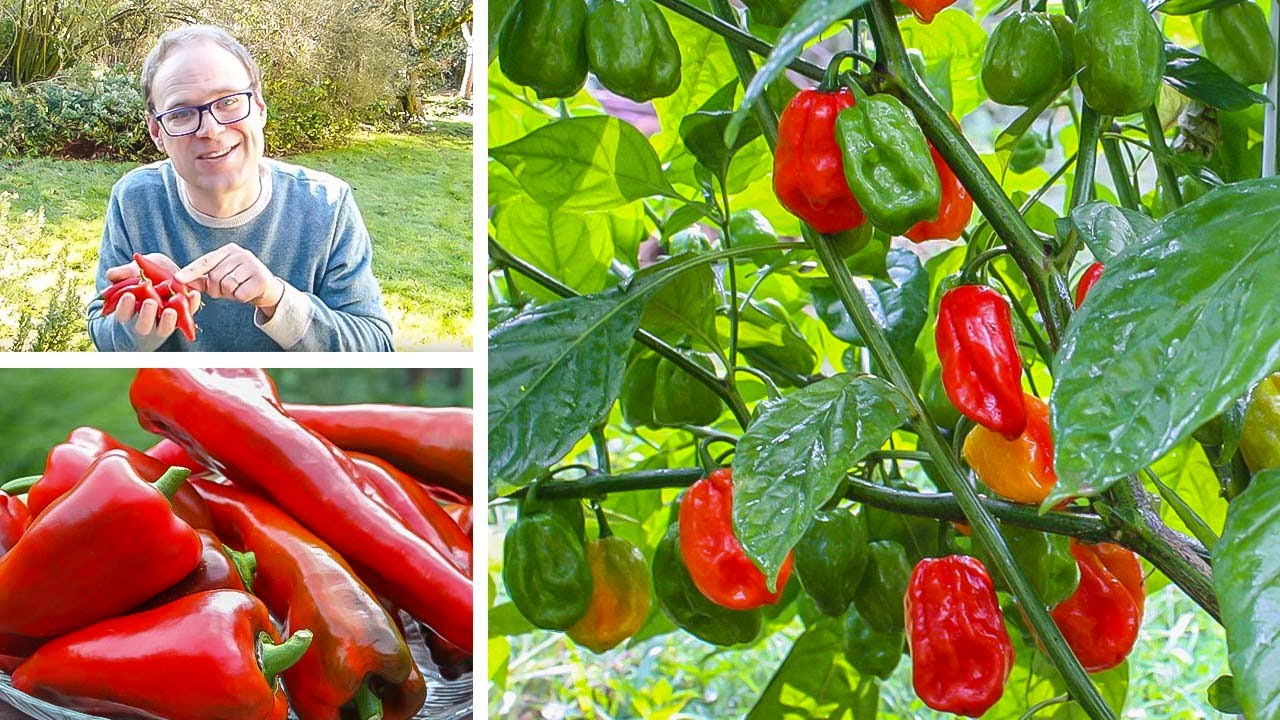
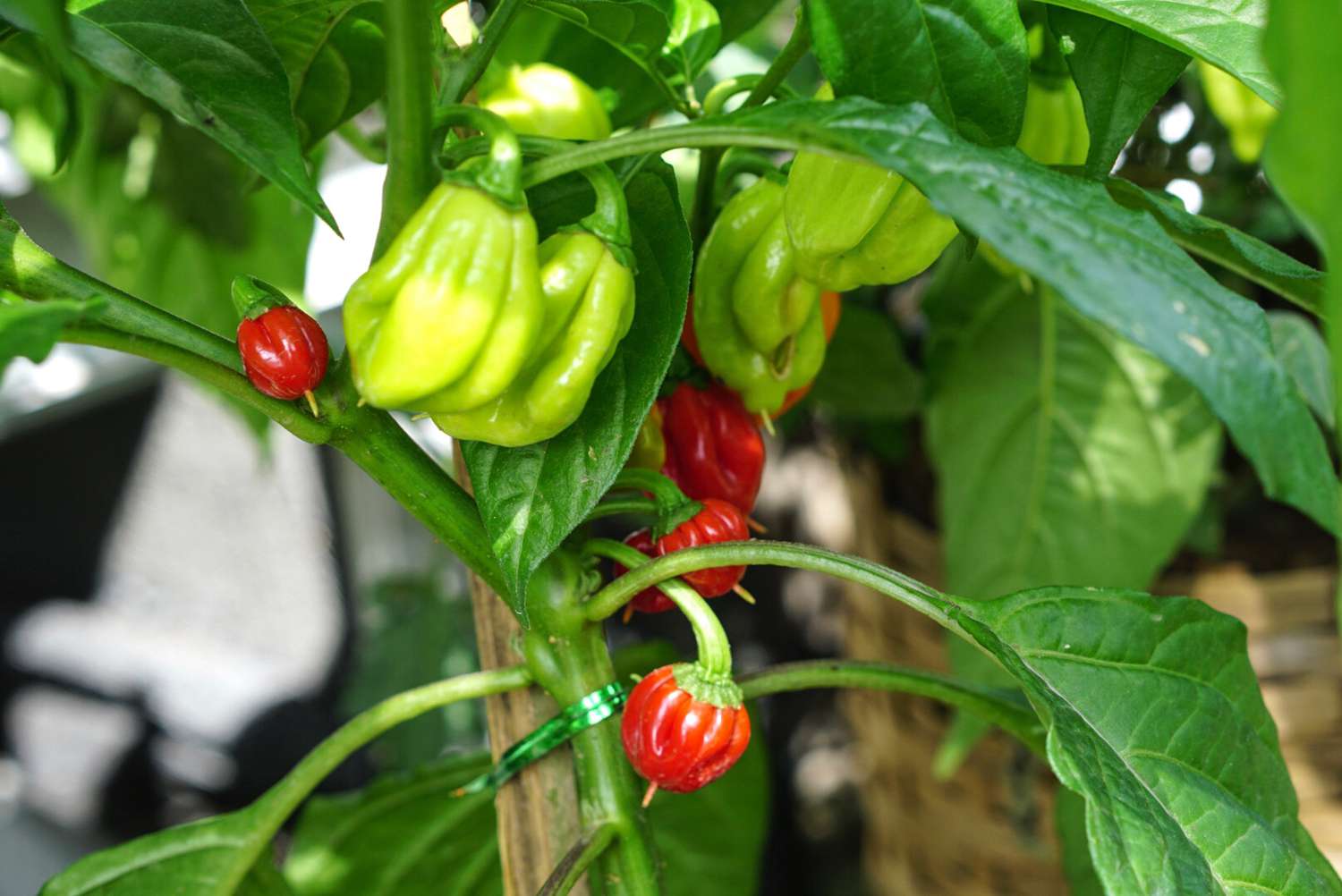
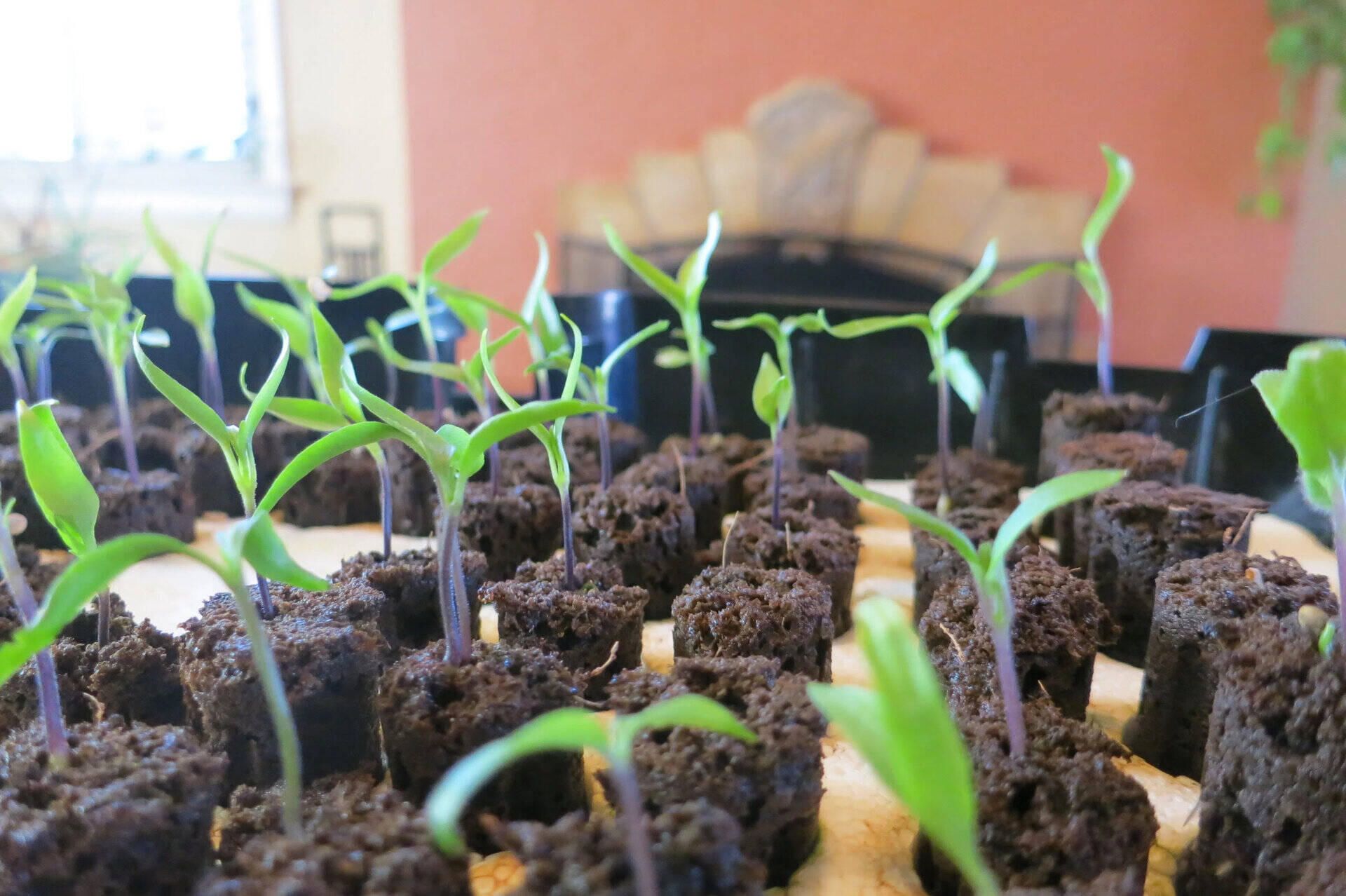
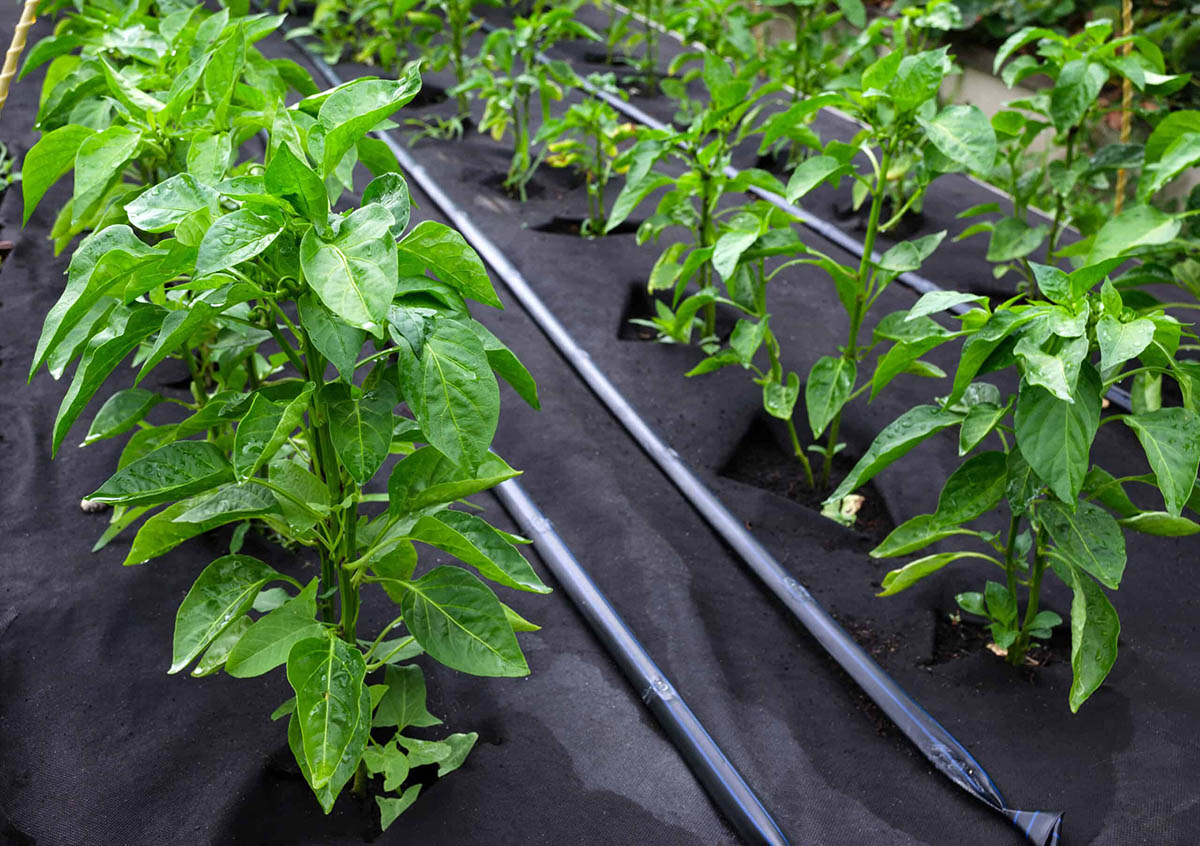
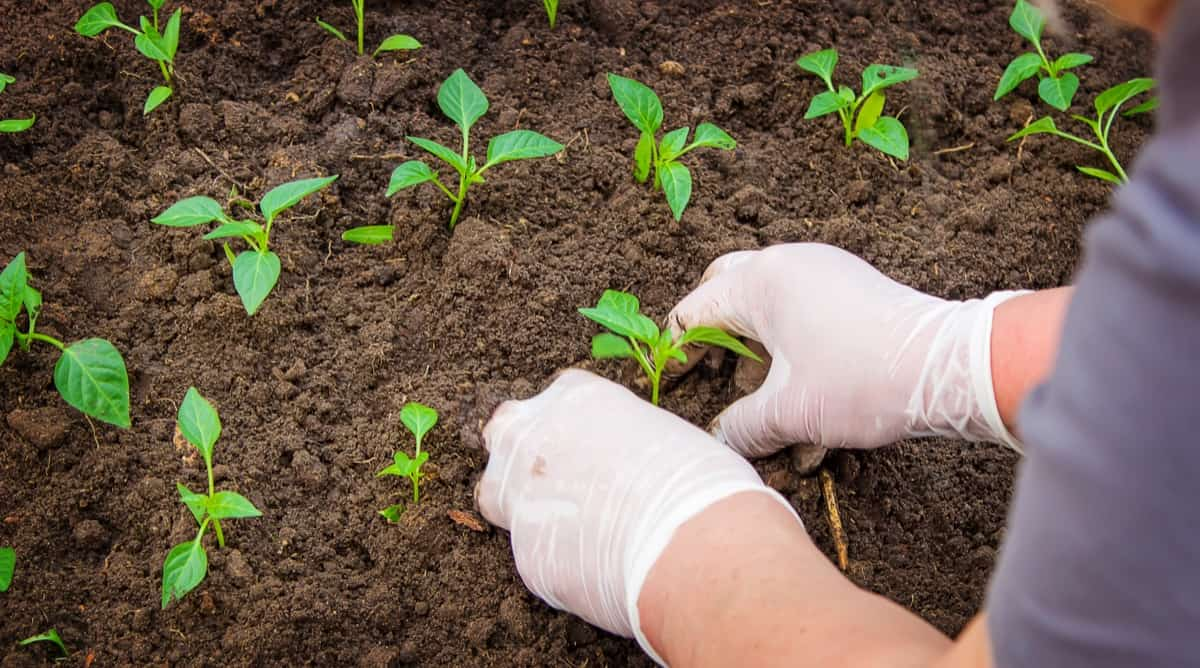
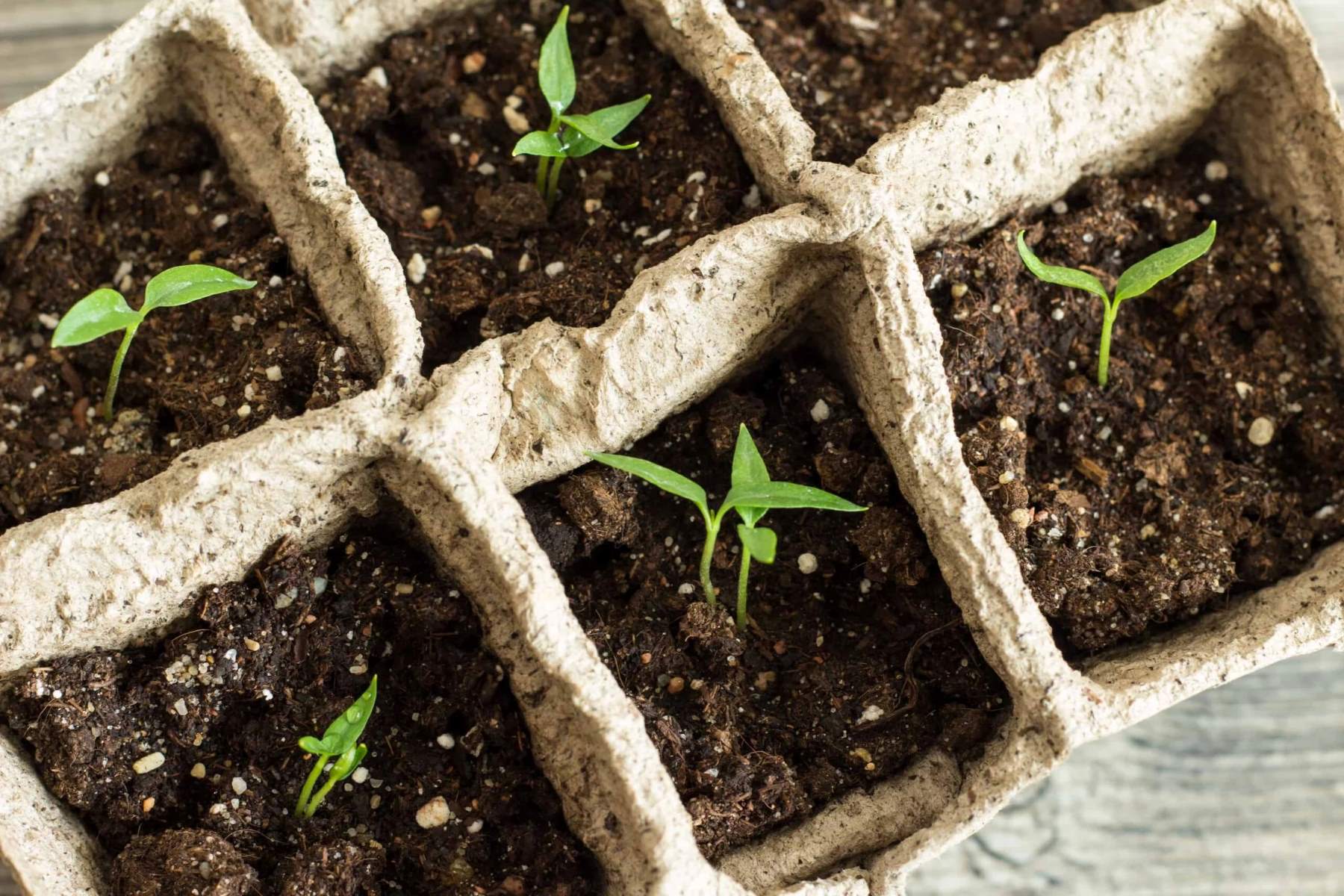
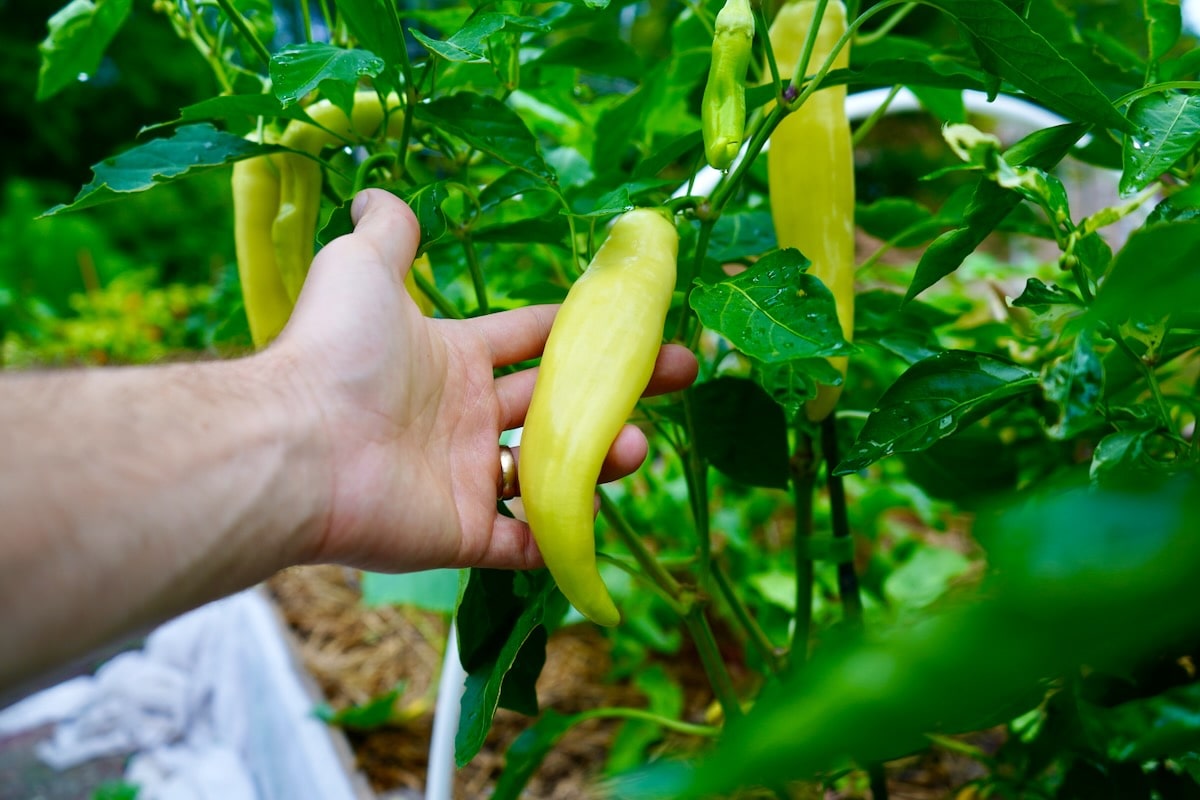

0 thoughts on “How To Store Pepper Seeds”